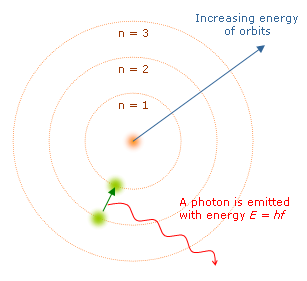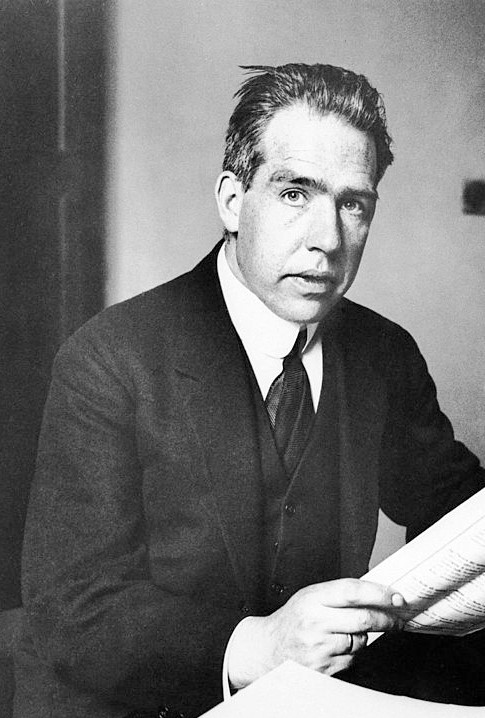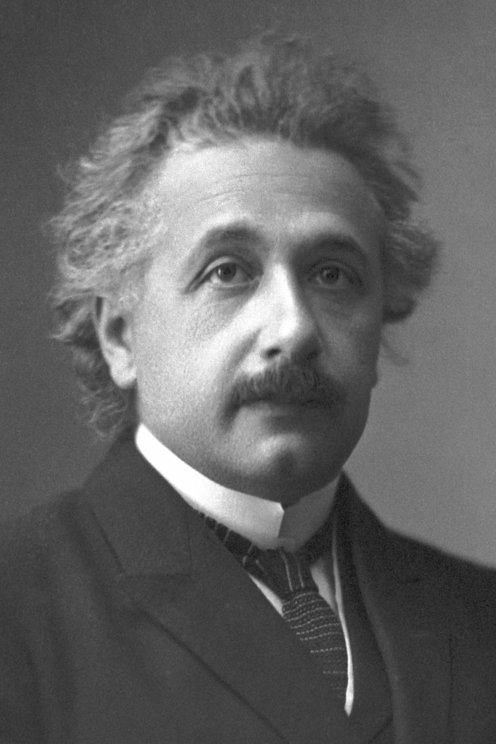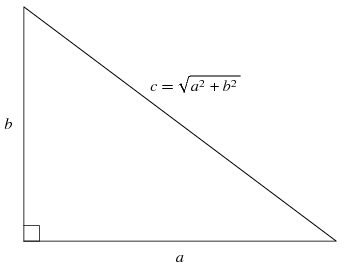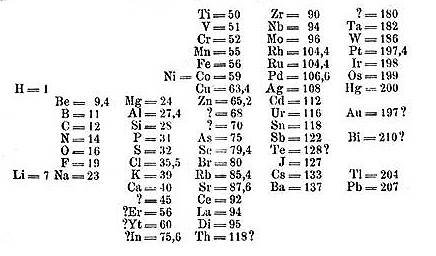The discovery of nuclear fission, a process that releases an enormous amount of energy by splitting the nucleus of an atom, was an explosive moment in the history of science and technology. This incredible discovery directly led to the development of nuclear weapons and nuclear energy production, both of which would become world changing events.
The Birth of Atomic Physics

The discovery of nuclear fission began with the birth of atomic physics and its related research into the components of the atom. In 1897, J. J. Thomson discovered the first subatomic particle, the electron, while working on experiments with cathode ray tubes. This discovery prompted further research into the structure of the atom. Fourteen years later, Ernest Rutherford discovered the nucleus of the atom when to his surprise alpha particles were occasionally reflected straight back to the source when directed at a thin sheet of gold foil. At this point, the nucleus was thought to only contain positively charged protons, however in the 1920s Rutherford hypothesized the existence of neutrons, a theoretical neutral subatomic particle in the nucleus with no electric charge, to account for certain observed patterns of radioactive decay.
The neutron was quickly discovered by James Chadwick, a colleague and mentee of Ernest Rutherford, in 1932. The discovery of the neutron proved to be a critical step for the development of nuclear fission technology. Scientists soon realized that they could use the neutron to split heavier atomic nuclei. Since the neutron have a lack of electrical charge, they are not repelled by the positively charged nucleus in the way alpha particles are repelled, and they can penetrate and be absorbed by the nucleus. This makes the nucleus unstable and causes it to split into two or more smaller nuclei, releasing a tremendous amount of energy in the process.
The Discovery of Nuclear Fission
Shortly after the discovery of the neutron scientists began using it to probe the structure of the atom further. In 1934 Enrico Fermi began using the neutrons to bombard uranium atoms. He thought he was producing elements heavier than uranium, as was the conventional wisdom of the time.
The first experimental evidence for nuclear fission occurred in 1938 when German scientists Otto Hahn, Fritz Strassmann, Lise Meitner, and their team began also bombarding uranium atoms with neutrons. As was so often the case in the early days of atomic physics, their results were completely unexpected. Instead of creating heavier elements, the neutrons split the nucleus to produce smaller, lighter elements such as barium among the radioactive decay. At the time it was thought improbable that a neutron could split the nucleus of an atom. The experiments were quickly confirmed, and the first instance of nuclear fission had been achieved.
It was quickly realized that if enough neutrons were emitted by the fission reaction it would create a chain reaction, and an enormous amount of energy would be released in the process. By 1942 the first sustained nuclear fission reaction had taken place in Chicago. Hann was awarded the Nobel Prize in Chemistry in 1944 “for his discovery of the fission of heavy nuclei”.
An Explosive Impact on Civilization
Nuclear fission is the process of splitting an atom into smaller fragments. The mass of the sum the fragments is slightly less than the mass of the original atom, usually by about 0.1%. The mass that had gone missing is actually converted into energy according to Albert Einstein’s E=mc^2 equation.
The discovery of nuclear fission ushered in the atomic age, leading to inventions such as nuclear power and the atomic bomb with world changing consequences. Almost immediately after its discovery, scientists realized the immense power that could be unleashed by splitting the atom. In 1939, a group of influential scientists including Albert Einstein drafted a letter to President Frankling D. Roosevelt warning at the potential military applications of nuclear fission and urging the United States government to initiate its own nuclear research program. They speculated that Nazi Germany may be developing nuclear weapons of their own.
In response, an Advisory Committee on Uranium was formed which eventually led to the creation of the Manhattan Project. The Manhattan Project was officially launched in 1942 and led by J. Robert Oppenheimer at a secret facility in Los Alamos, New Mexico. The result of the massive scientific and engineering project was the development of the world’s first atomic bomb, which was ultimately used against Japan at the end of World War II.
A more positive benefit to civilization than atomic weapons is the development of nuclear energy. Nuclear energy produces extremely low amounts of greenhouse gases, making it a much cleaner alternative form of energy from fossil fuels. If humanity it to solve its climate crisis in the coming century, nuclear energy may prove to be the saving technology.
Continue reading more about the exciting history of science!



